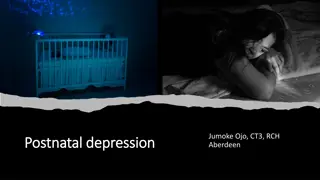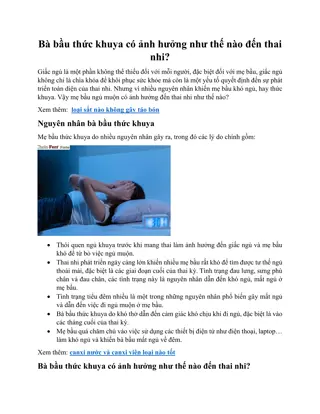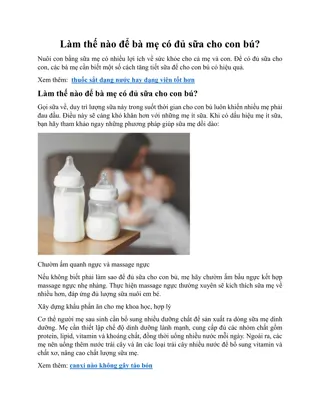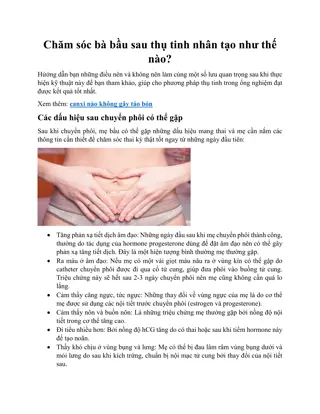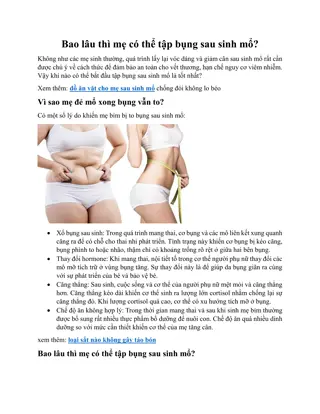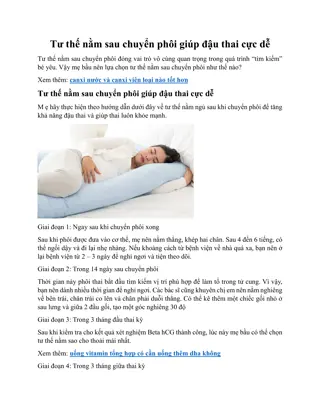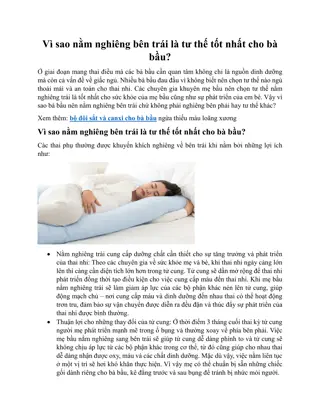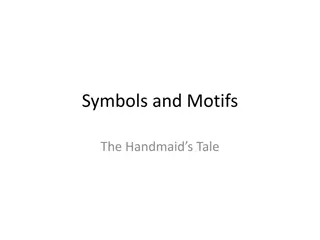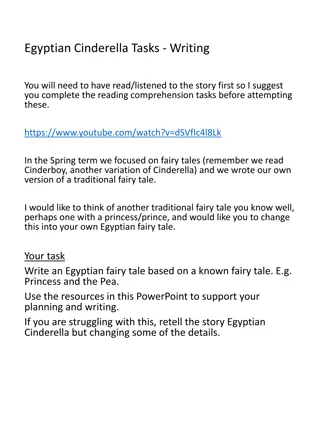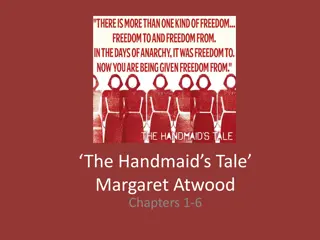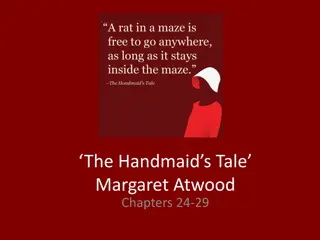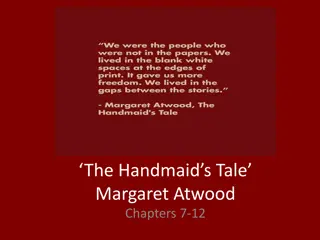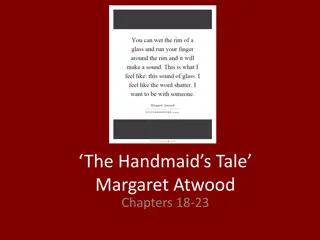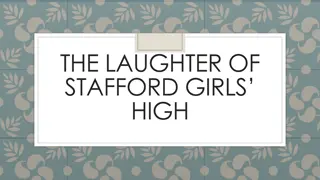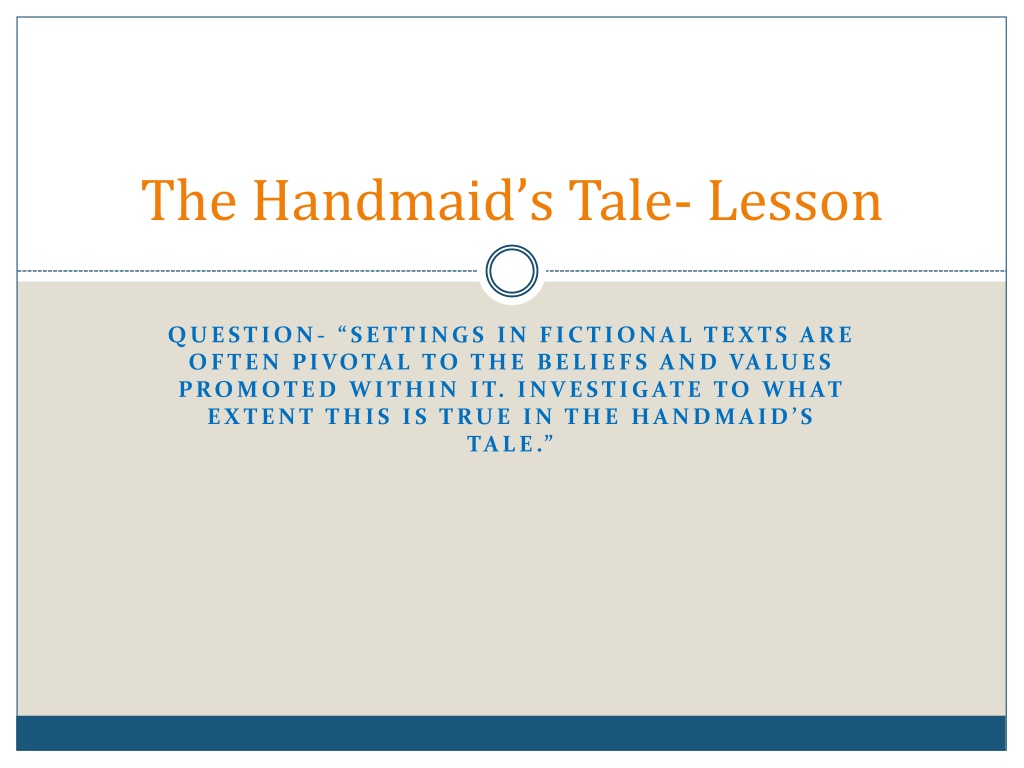
Settings and Themes in The Handmaid's Tale
Explore the significance of settings like Cambridge, Massachusetts and Jezebel's Nightclub in The Handmaid's Tale, shedding light on the beliefs and values enforced by the totalitarian Gilead Republic. Discover how these settings contribute to the exploration of themes of control, hypocrisy, and oppression in the novel.
Download Presentation

Please find below an Image/Link to download the presentation.
The content on the website is provided AS IS for your information and personal use only. It may not be sold, licensed, or shared on other websites without obtaining consent from the author. If you encounter any issues during the download, it is possible that the publisher has removed the file from their server.
You are allowed to download the files provided on this website for personal or commercial use, subject to the condition that they are used lawfully. All files are the property of their respective owners.
The content on the website is provided AS IS for your information and personal use only. It may not be sold, licensed, or shared on other websites without obtaining consent from the author.
E N D
Presentation Transcript
The Handmaids Tale- Lesson QUESTION- SETTINGS IN FICTIONAL TEXTS ARE OFTEN PIVOTAL TO THE BELIEFS AND VALUES PROMOTED WITHIN IT. INVESTIGATE TO WHAT EXTENT THIS IS TRUE IN THE HANDMAID S TALE.
Introduction to The Handmaid's Tale Set in a dystopian version of the USA, The Handmaid s Tale explores the story of protagonist Offred, who serves as a Handmaid under the oppressive Gilead Republic- a totalitarian regime which takes over America. Throughout Offred s story, her purpose as a Handmaid is explored in reflection of all Handmaid s roles within the Gilead Regime: simply to reproduce, bear children, and ensure population stability in this way to deal with low reproduction rates in the Republic. Offred serves the Commander and his wife, Serena Joy, who is depicted as an advocate of the traditional beliefs of the Gilead Regime. The Republic itself, as described by the narrator herself, is stated to have within the city lawns are tidy, the fa ades are gracious, in good repair; they're like the beautiful pictures they used to print in the magazines . The imagery here paints the city as a picture of perfection- a real utopia . Yet the description of it being tidy possesses a bitter irony rather by representing the order induced into the population through the fear imposed by the tyrannical Gilead Regime, through the cruel, controlling nature of the totalitarian state. The dystopian features of the Gilead Republic in The Handmaid s Tale all serve as significantly pivotal features of setting which help to impose the development of central beliefs and values explored within the novel.
Did you get any of these following settings? Cambridge, Massachusetts:- Offred lives in the city of Cambridge, the central area which stores Gilead s power and authority. This reflects that Cambridge, as a particular choice of setting, reflects the close link of the Puritans and their spiritual heirs in Gilead. It also exposes the harsh conditions of living under the oppressive Gilead regime in terms of its harsh, strict regulations it enforces regarding religious, political and social matters. The Puritan region of Cambridge also possesses a historical background of intolerance- further elaborating on the controlling, tyrannical nature of the Regime as a whole in relation to the strict, modified religious codes it forces on the people. This further develops on the theme of religious hypocrisy- how the Gilead Regime manipulate and twist biblical codes to fit their own values and beliefs. Like the Bible, they promote beliefs about the significance of pro-creation and fertility (and use the story of Rachel and Jacob as an excuse for the discrimination of Handmaids by the wives), and codes against homosexual relationships (punishable by execution under the Republic). The Jezebel s Nightclub:- This is a forbidden club which the Commander takes Offred to by means of showing her off. Jezebels is actually the name of an evil old testament queen, known for her moral corruption- so therefore serves as a symb0l of the prototypical women in the Judeo-Christian imagination. In the Gilead regime, it s believed that there is no gray label for women regarding their sexual nature- they are either defined as a virgin or a whore . Yet, the sexual slavery and exploitation of the Handmaids serves as a symbol of hypocrisy in the Gilead regime- they force these women into the promiscuous acts which they condemn. This further develops on the theme of religious and general hypocrisy of the republic; as a Handmaid, Offred also describes how she feels like a walking womb - a sign of sexual objectification of women under the Gilead Republic who are only valued for their fertility, yet oppressed if they embrace it as such.
Other Settings... Harvard university:- Harvard University , having been transformed by the Gilead Republic into a detention centre (secret police headquarters), reveals how education, and therefore knowledge, is suppressed through restriction under the regime. The secret police force are referred to as the Eyes . With Eyes being heavily associated with observation, this gives the idea of the citizens of Gilead always being closely watched and judged, which installs a sense of paranoia through the population as a resulting consequence. This gives the overall impression of the effects of tyranny and cruel authority, yet also highlights the motives of the Gilead Republic s concealment of knowledge to be through their own fear of rebellion and oppression formed through written and intellectually communicated ideals that could influence potential odium of the regime. The Wall of the University is also used for mass executions and hanging, and Offred describes it to have barbed wire along the bottom and broken glass. This reflects an atmosphere of danger and suppression due to the electrical wire-barrier followed by the sharp shards of glass, which exposes the harsh and jeopardising conditions of the Gilead Republic. Furthermore, it is run by fear, through fear (reflected by their strict control and censorship of all knowledge). The Red Centre:- This is where Offred and the other women are sent to be re-educated on the values of the Gilead society. The colour Red, also being the colour of the Handmaids uniforms, not only serves as a symbol of female oppression in links with the Red Centre (where females are subjected to strict regulations such as not being allowed to speak), but also as a symbol of social class in regards to the hierarchies set by the Gilead Regime onto women. 'Red is the colour of the Handmaid s uniforms, which are viewed as inferior to the Marthas in the Gilead Republic. Offred, as one of the Handmaids, gives evidence of this oppression by stating that Rita (a Martha) thinks I may be catching, like a disease or any form of bad luck. The word disease and it s unpleasant connotations show that simply the colour of Offred s uniform represents her as a bug to the Marthas- to be avoided. This also casts the Handmaids as scarlet women- like a disease of promiscuity due to the purpose they are expected to serve in society. This reveals how this particular setting is further developed to represent the heavy oppression the Handmaid s face under the Gilead Regime, pivotal of their values and beliefs regarding their categorisation of women and how they are valued based on their fertility.
The Gilead Republic- Suppression of the Self The alternate future state, in which democracy has been replaced by totalitarianism , appears as an alien world from our own- and one which is considerably terrifying. Those who do not confirm to the rules and restrictions of the Republic are executed, while the state also suppresses any sense of freedom and individualism within society. This is shown by the uniforms forced to be worn by the population under the regime to reflect hierarchical position and identity, while also restricting the individuality of ones image, which also extends to character through the restrictions imposed on both men and women. As quoted by one of the Aunts, Lydia, The Republic of Gilead knows no bounds. Gilead is within you . This is a blunt indicator of how people wear the values of Gilead like the uniforms- they are part of their character, they are accepted through fear of criticism or oppression. This reflects the suppression of the self through the populations acceptance of Gilead rule. There is irony present in the name of The Commander s Wife- Serena Joy. The word joy withholds positive connotations of happiness, which is ironic as Offred describes The woman sitting in front of me was Serena Joy. Or had been, once. This reflects the idea of her name symbolising the loss of her once-happy identity to the oppressive Gilead Republic, and further mirrors the despair associated with her loss of identity under the oppressive regime. As she was a gospel singer who used to promote traditional values honed by the Gilead Republic, this mirrors her as an indicator of how these beliefs and values have simply been bitterly accepted from the start, which is what allowed the regime to form, and what has given it the ability to continue. The Gilead republic is portrayed as a regime which firmly promotes societal idealism and their version of perfection, yet, what they preach has created more of a hellish, tyrannical state through their idealistic beliefs and values in suppression of free will and individualism.
Discussion Task Two In your groups, come up with analysis on the following quotes which relate to the idealistic beliefs and values of the Gilead Republic... Ordinary, said Aunt Lydia, is what you are used to. This may not seem ordinary to you now, but after a time it will. It will become ordinary. I m a cloud, congealed around a central object, the shape of a pear, which is hard and more real than I am and glows red within its translucent wrapping. Men were turning off on sex, even. They were turning off on marriage. Do they feel now?
Quote Explanations Quote One:- Offred recalls these words said by Aunt Lylia upon witnessing the grotesque sight of deceased bodies hanging from The Wall after having been executed. The quote establishes the idea of how the extreme methods of punishment used by the Gilead regime will soon become considered as normality, once the people learn to hone blankness upon bearing witness to these horrific scenes of public execution. This reveals the Republic s belief in pursuing the role of God in order to enforce their values of idealism, and furthermore, shows how this setting as a dystopian feature of the Republic in link with the quote poses as part of their beliefs in harsh punishment of offenders and those considered as unfit by Gilead standards- in other words, by playing God. Quote Two- Here, Offred describes how she is objectified under Gilead society in terms of how she is only valued for her body and fertility. This depicts how she has been reduced to a national resource - the Gilead society has dehumanised her completely, her central object being her womb, and ability to bear children. Her vivid description of her lost humanity under the Gilead Republic appears descriptive and elaborate, exposing a harsh and truthful response to the oppressive Gilead regime. This also reveals the books central beliefs and values explored regarding the sexual objectification of women, and their purpose to pro-create being oppressive as shown by how this value is cruelly enforced in the setting of the Gilead regime. Quote Three:- The quote portrays how not only the women have suffered under the oppressive Gilead regime, but also the men too have perished. The states strict enforcements on reproduction and sexual slavery means love has lost its purpose and meaning- both of which badly affect men and women due to lack of meaningful and genuine affection. The central concept of the quote however is to reveal that the benefits of the new Gilead society through their beliefs and values have failed to outweigh the suffering felt by men and women under the indiscriminate oppression directed at them from the totalitarian regime.
To Conclude... To a great extent, the Handmaid s Tale manages to effectively explore settings regarding the Gilead Republic and its key dystopian features in order to pivotally promote the values and beliefs within the novel regarding the suppression of identity, oppression of women, and the pursuit of idealism and the consequences that exist within trying to force a utopian society based on personally-enhanced beliefs. The restrictions forced onto societal individualism and free will under the Gilead Republic, followed by it s oppressive attitude toward women by having their worth defined by their fertility, altogether establish a setting which explores beliefs related to suppression and discrimination of character and gender. The further effects of this oppressive setting, as conveyed by character opinion and reaction to it s running and function regarding the fear and bitter acceptance of the population, develop into further values of the book concerning with how the oppression and tyrannical rule of others is negative and consequentially dehumanising, as mirrored by the attitudes of central characters in the novel. The dystopian features of the novel, such as the university and Red Centre, convey the lengths to which settings such as Gilead can go in order to maintain control, which communicates further belief that if ones life is censored from knowledge and if they are also re-educated enough, they will be unlikely to show resistance toward the regime through fear and the sense of the unknown, revealing values on how education and communication is important as part of forming a free, individual society unlike Gilead.
End of Lesson Task Make further note of what you have learned. Can you remember any particular points of knowledge and analysis discussed in this presentation?



